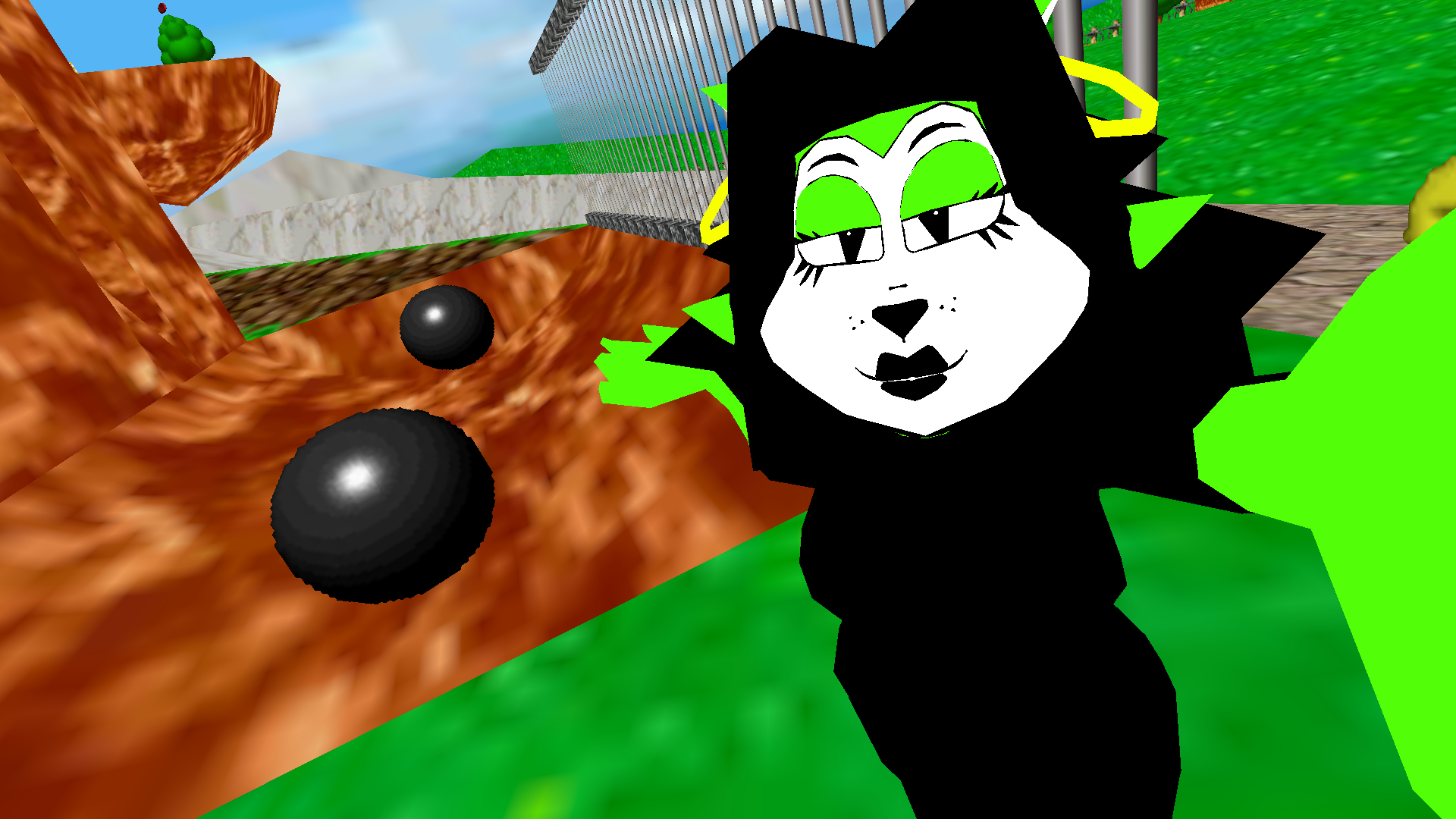Adventures in Virtual Reality
Trapped Inside the Windows 3D Maze Screensaver |
|
A scene I created entirely in Dreams PS4 with PSVR (with a bit of postprocessing)
|
Earlier this year, I acquired an Oculus Quest 2 headset. At the time, I was working on bringing the VOODU.XYZ 3D WEB MUSEUM to fruition. Considering I'm a complete hack who doesn't have the patience for tutorial videos, every time I struggle with 3D modeling I always think back to Dreams PS4 and how dead simple and intuitive the sculpting is in VR. The big downside is that Dreams does not currently support any kind of model exporting (still in the R&D phase @ Media Molecule). Essentially, models made in Dreams are trapped inside a walled garden and can only be enjoyed by other Dreams players. Therefore, if I wanted to export any sculptures I had made to projects like the 3D WEB MUSEUM, I'd be shit outta luck! I knew I had to find a happy medium, since modeling in VR is a hell of a lot easier for me than it is with a mouse and keyboard in Blender. I eventually found Gravity Sketch, a free modeling software that could run natively on the Quest 2.
  First character model made in Gravity Sketch (visiting Happy Town on the right) |
Gravity Sketch proved to be more than capable of what I was hoping to achieve. I am by no means a skilled modeler, but I found it to be very useful for making character models. It is a very different toolset than Dreams, so it took me a little while longer to get used to. Gravity Sketch is a lot closer to traditional 3D modeling than Dreams; it's not really a sculpting oriented software like ZBrush or Adobe Medium. It took me a while to figure out how to use subdivision and loop cutting to shape models, and I eventually (sorta) got the hang of it. I began using it to create character models for VRChat. Here's some pics of my newest avatar exploring the digital wonderland that is VRChat.
 
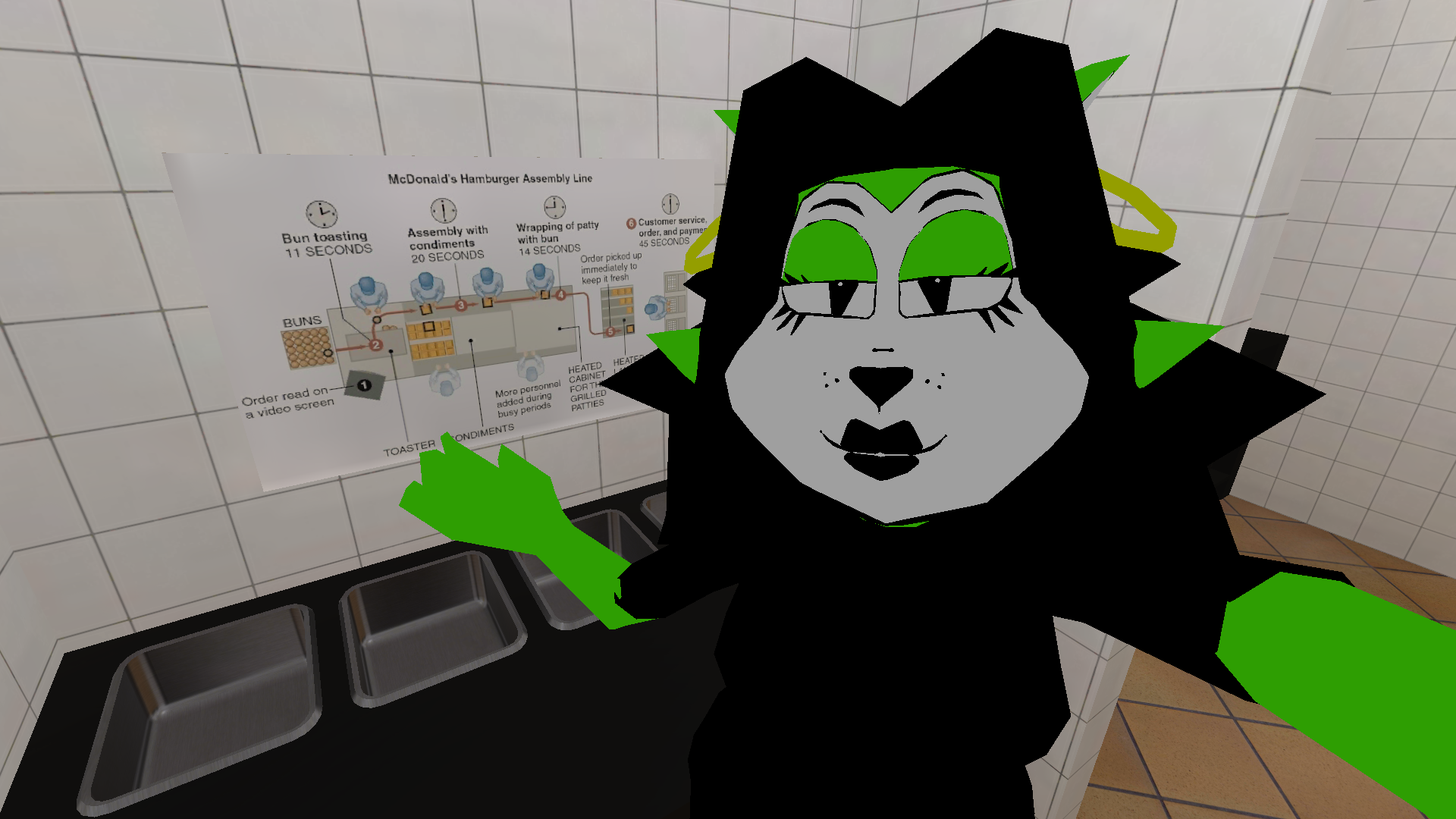 Got a job at McDonalds (Jason was the manager)
|
I started creating ports of two of the worlds from LSD: Dream Emulator, the famous PSX game. I started with Bright Moon Cottage and then started work on Happy Town. The worlds are cross platform, contain models of all the entities of the respective maps, and use a PSX shader that applies a pixel snapping and affine texture mapping effect for a hardware authentic appearance. I ported the worlds because of a personal mission to experience LSD: Dream Emulator in VR. There are already some ports of these worlds on VRChat, but they are a little less accurate than I'd like them to be. I hope to go further with this project, hopefully finding a way to animate the entity models and adding sounds and triggers to make these ports as authentic as possible.
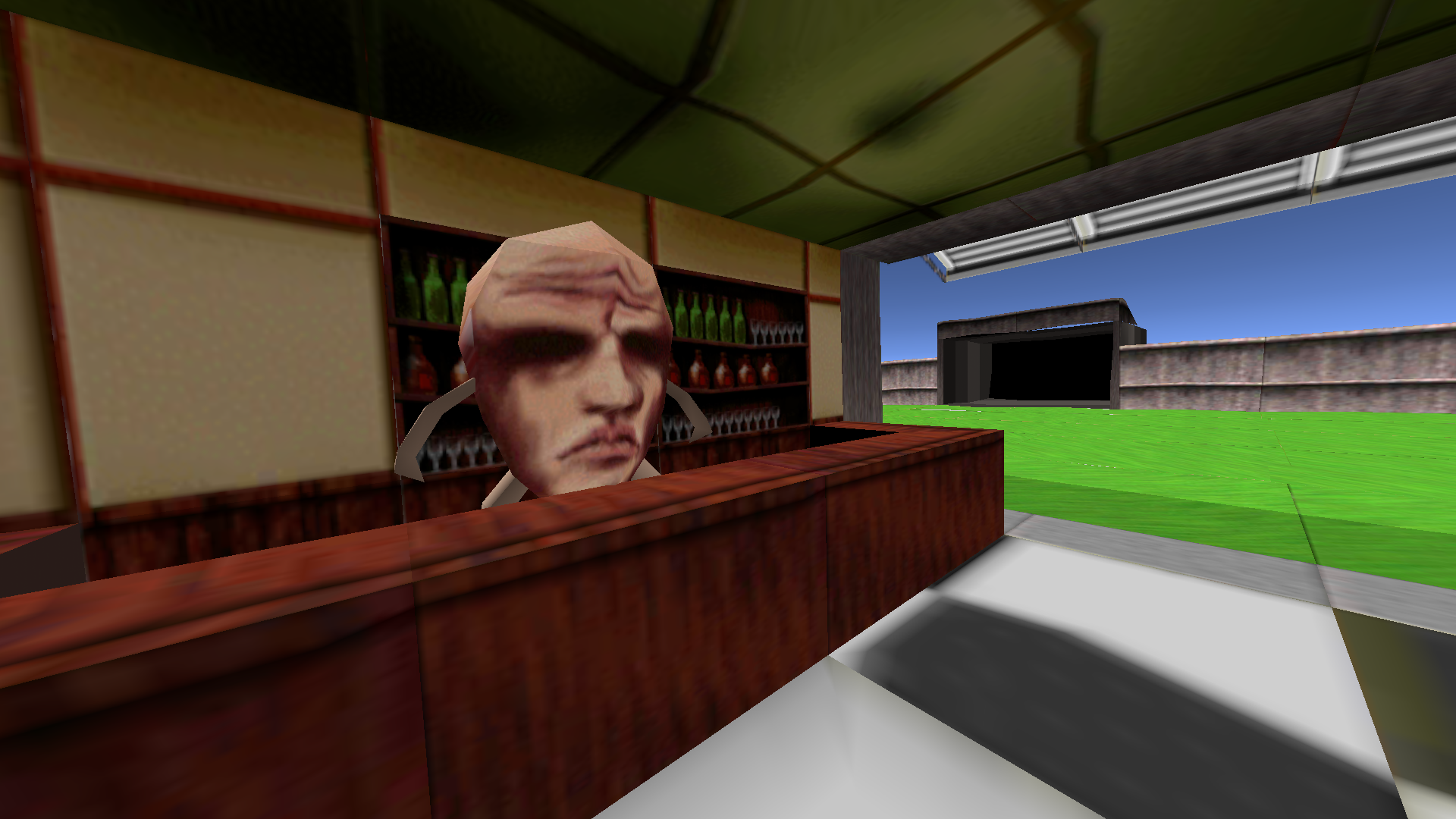 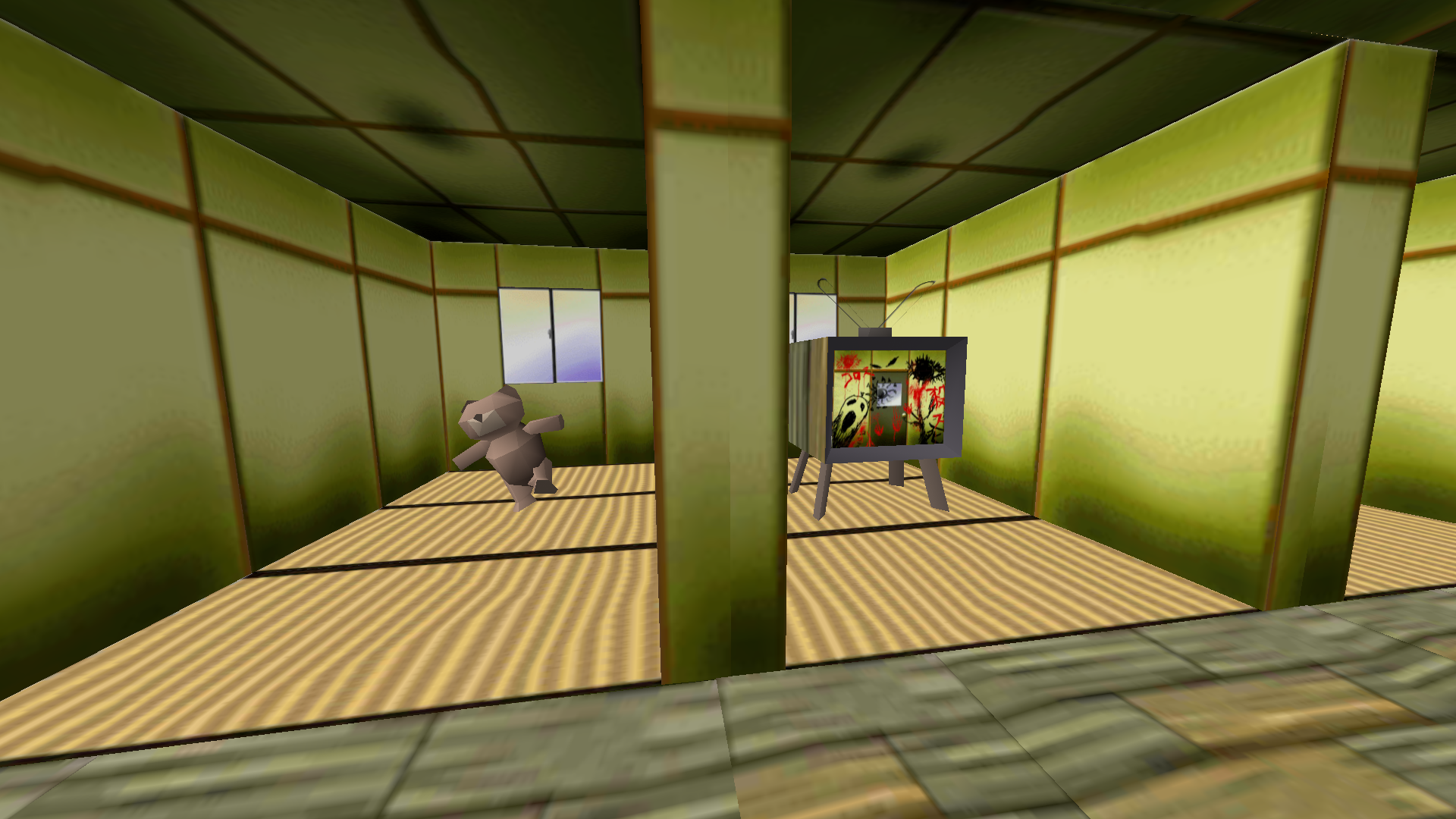 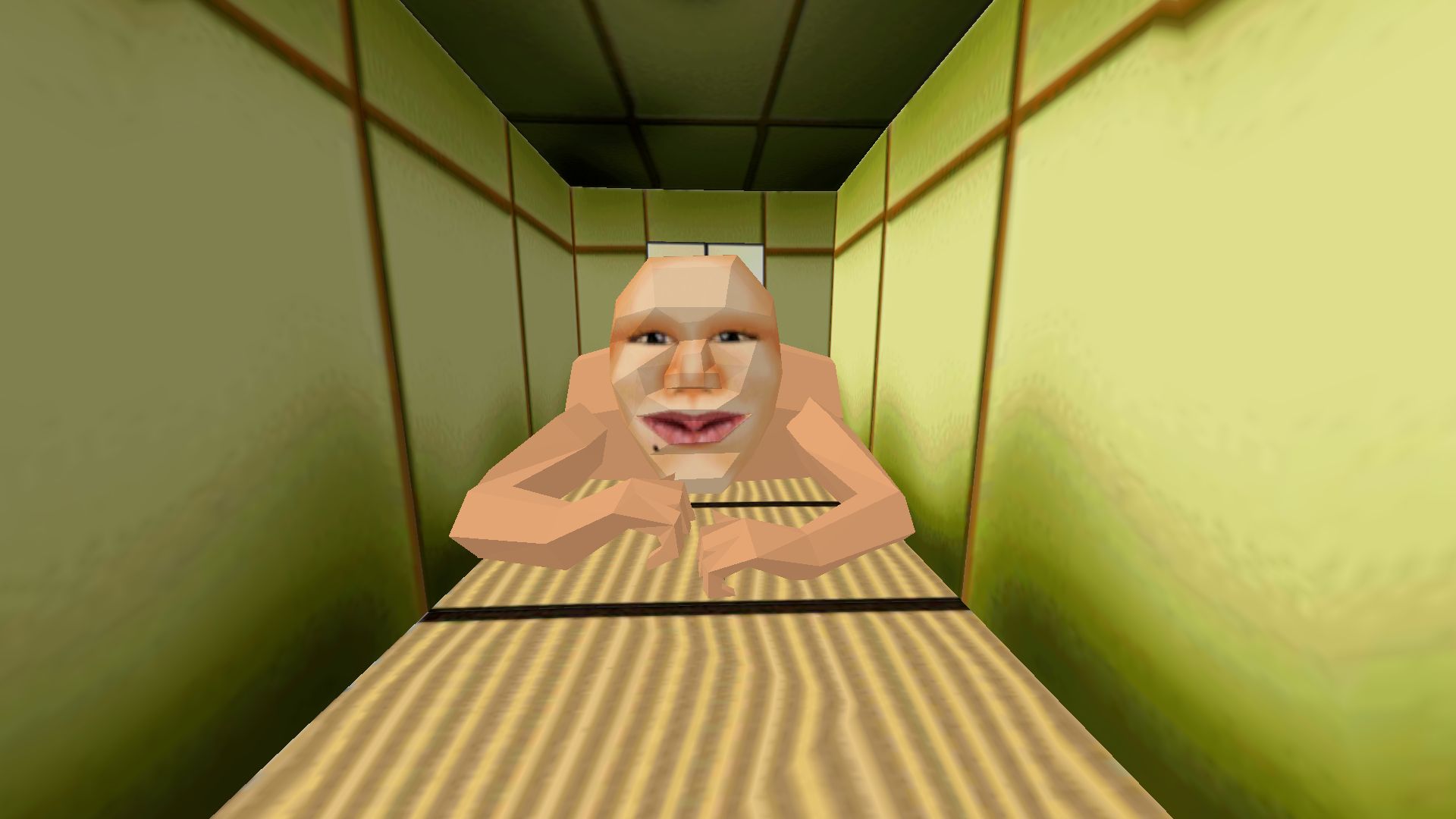 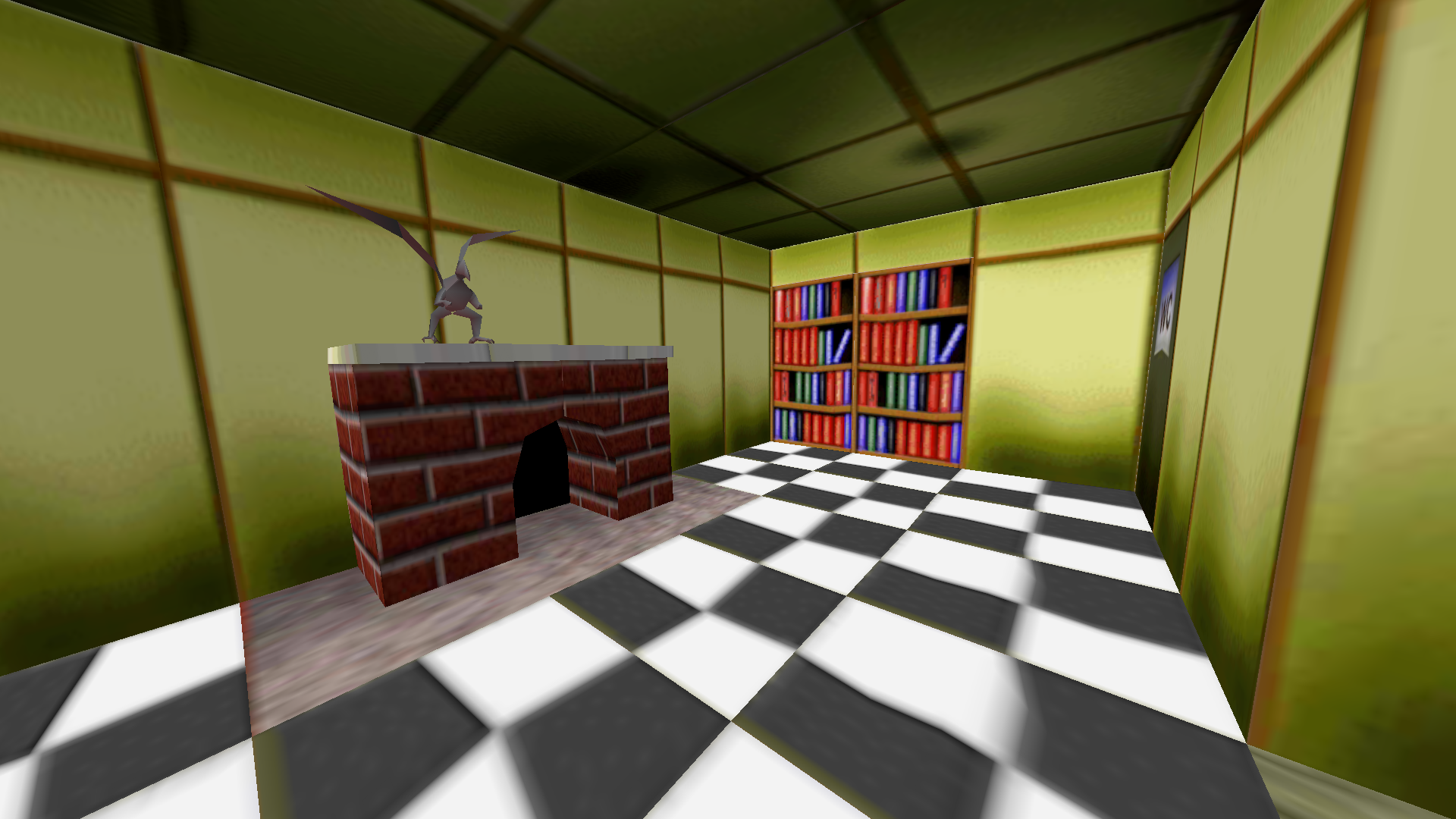
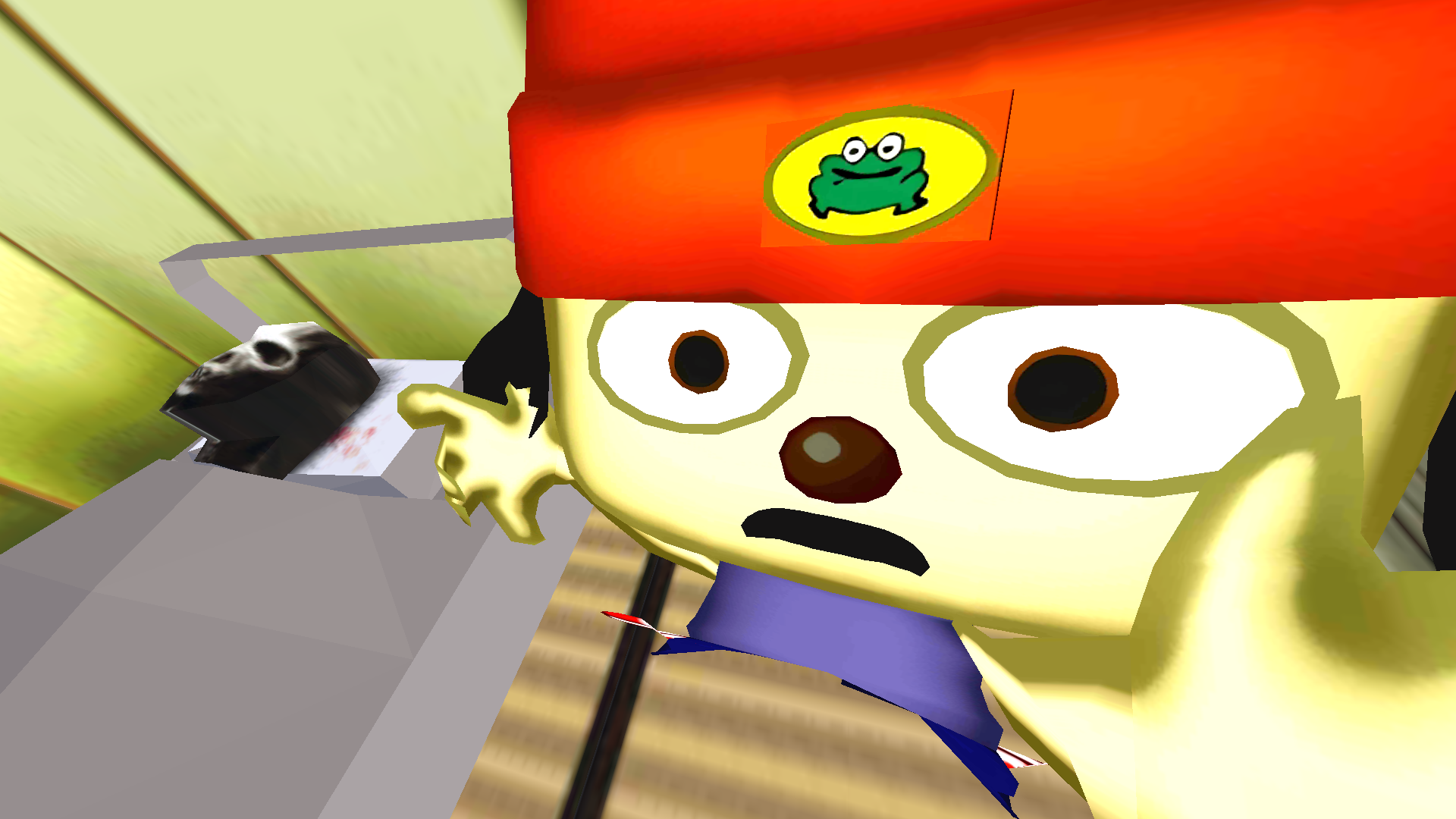 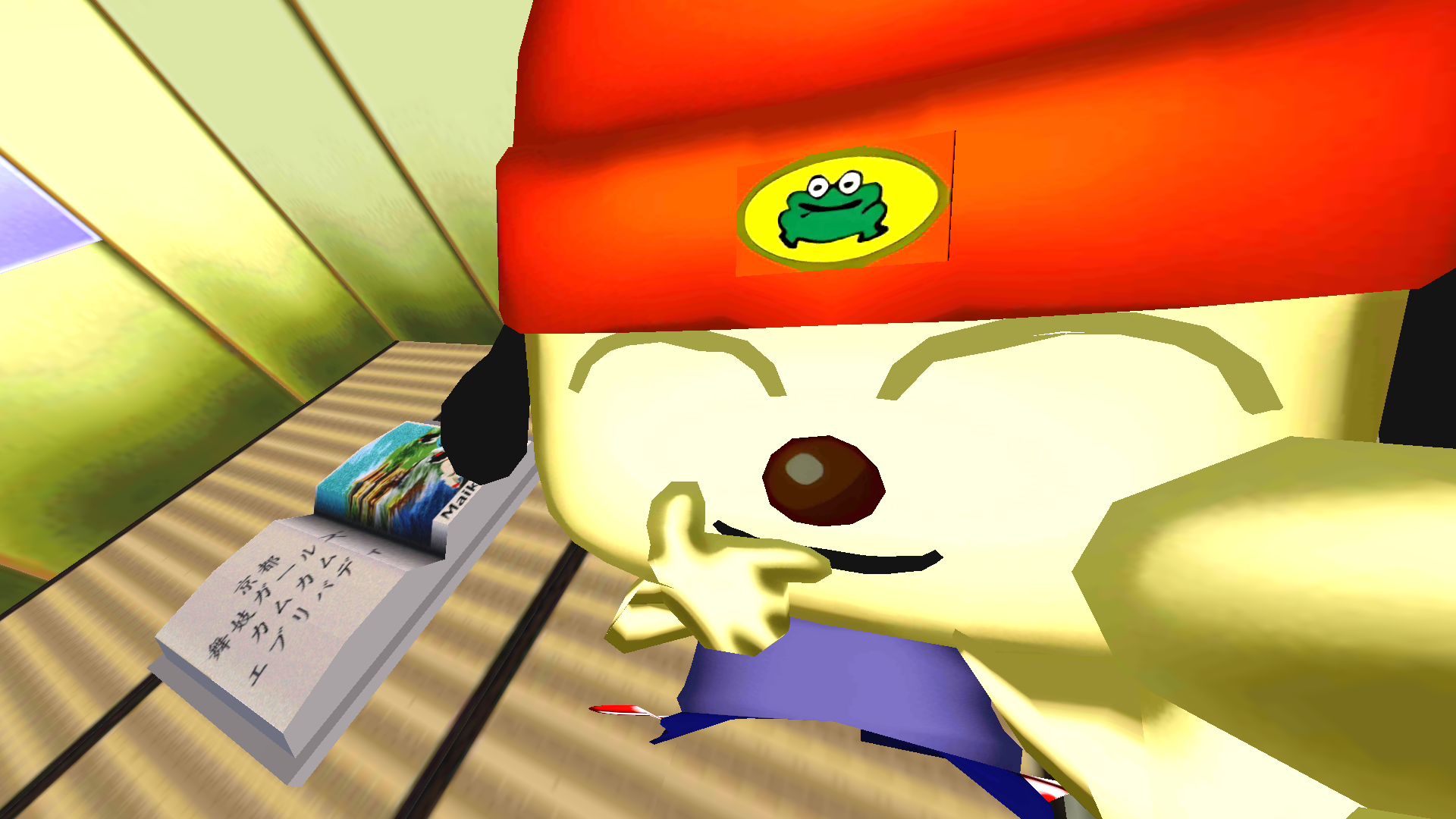 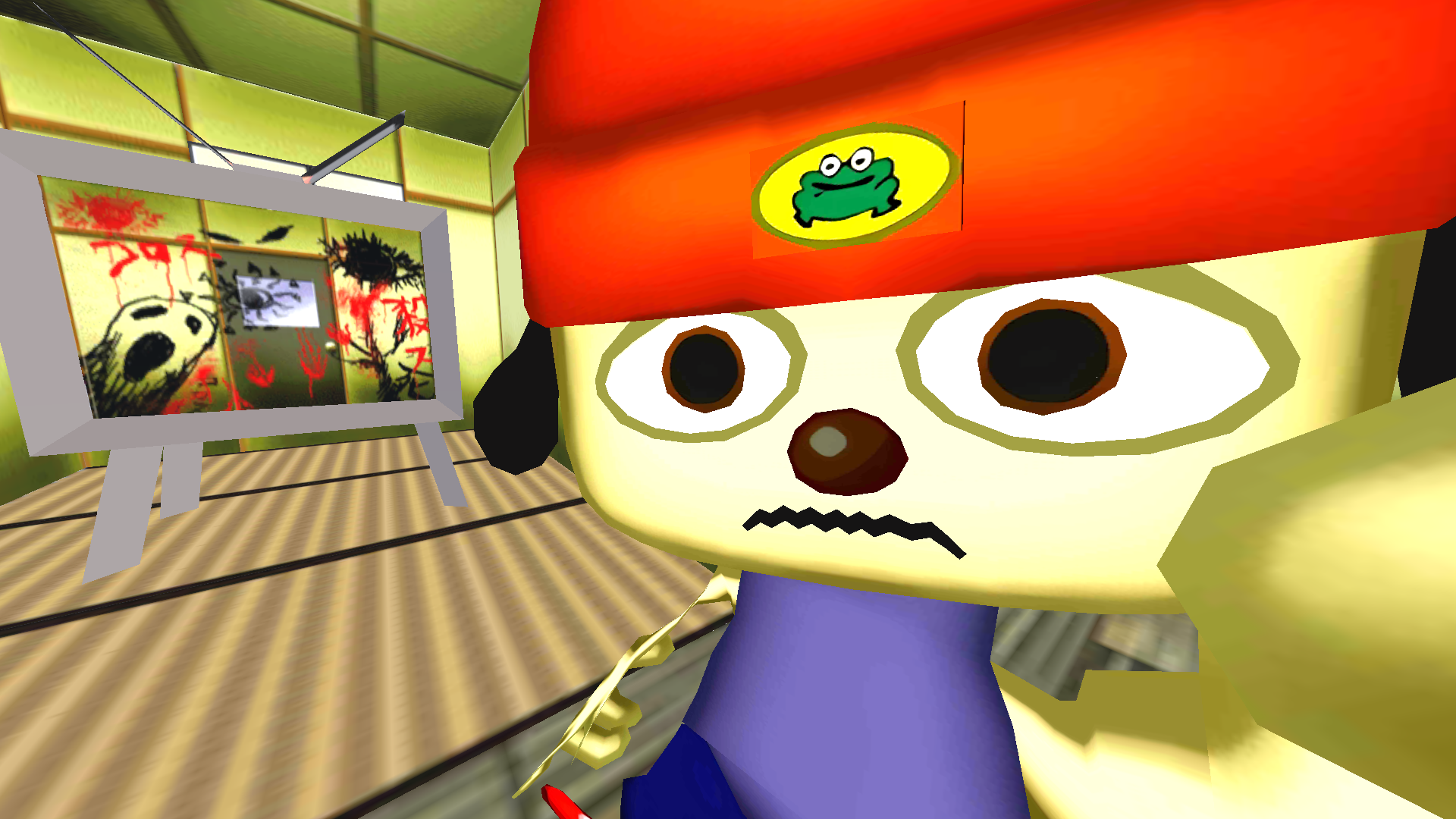 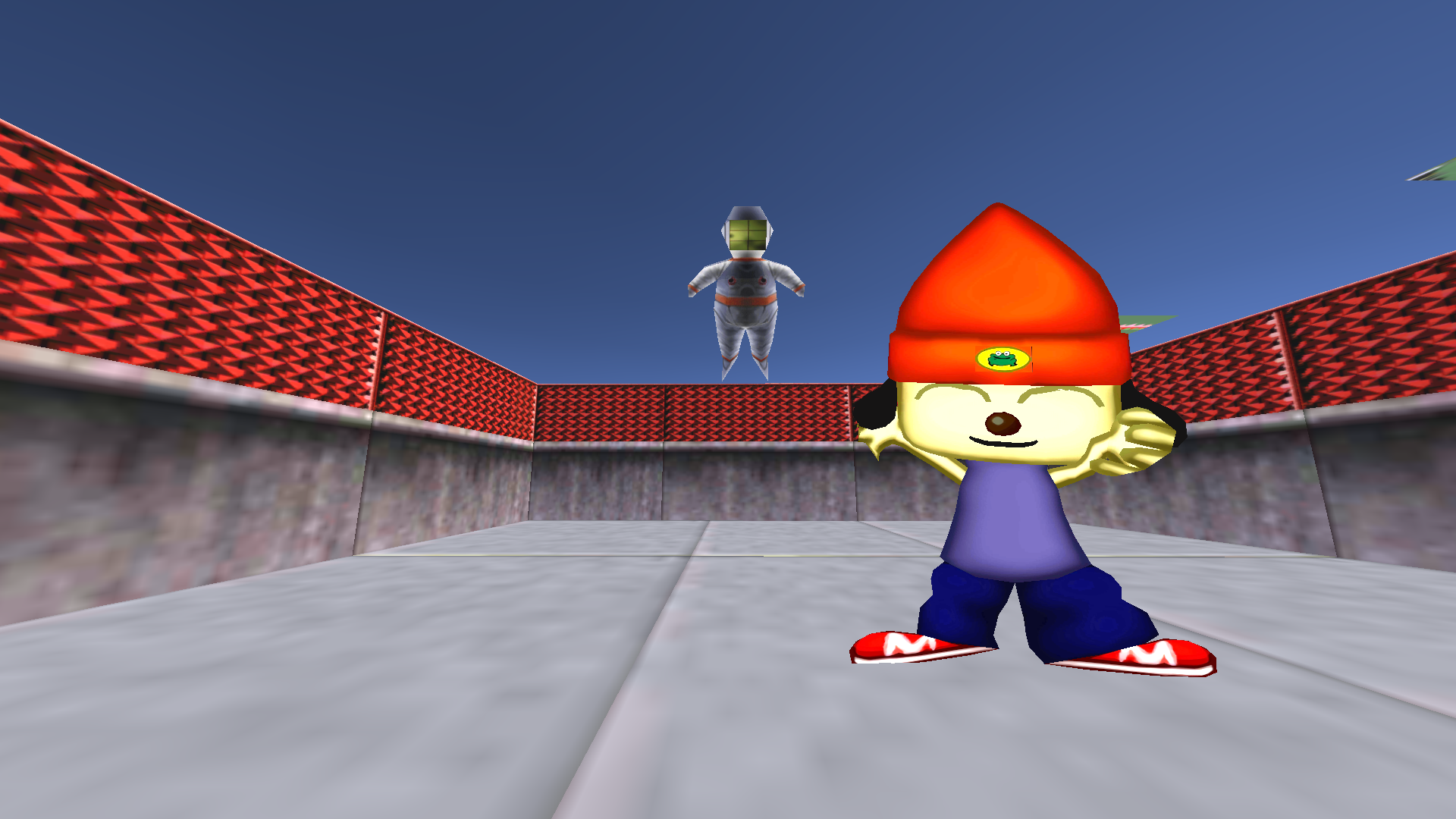
|
I hope to continue creating 3D models with my Quest 2, along with building experiences for the web and VRChat. I've really enjoyed what the realm of VR has to offer and I hope I can continue to find creative ways to integrate it into the VOODU.XYZ web experience. I'm hoping to be able to figure out how to make the 3D WEB MUSEUM WebXR compatible so VR owners can be inside the museum just by visiting the webpage. I'm hoping it can become a place for people to interact with the content on my site at a more personal level. Anyways, if you made it this far, thanks for reading this short piece on my venture into VR! If you'd like to add me on VRChat, click here!
